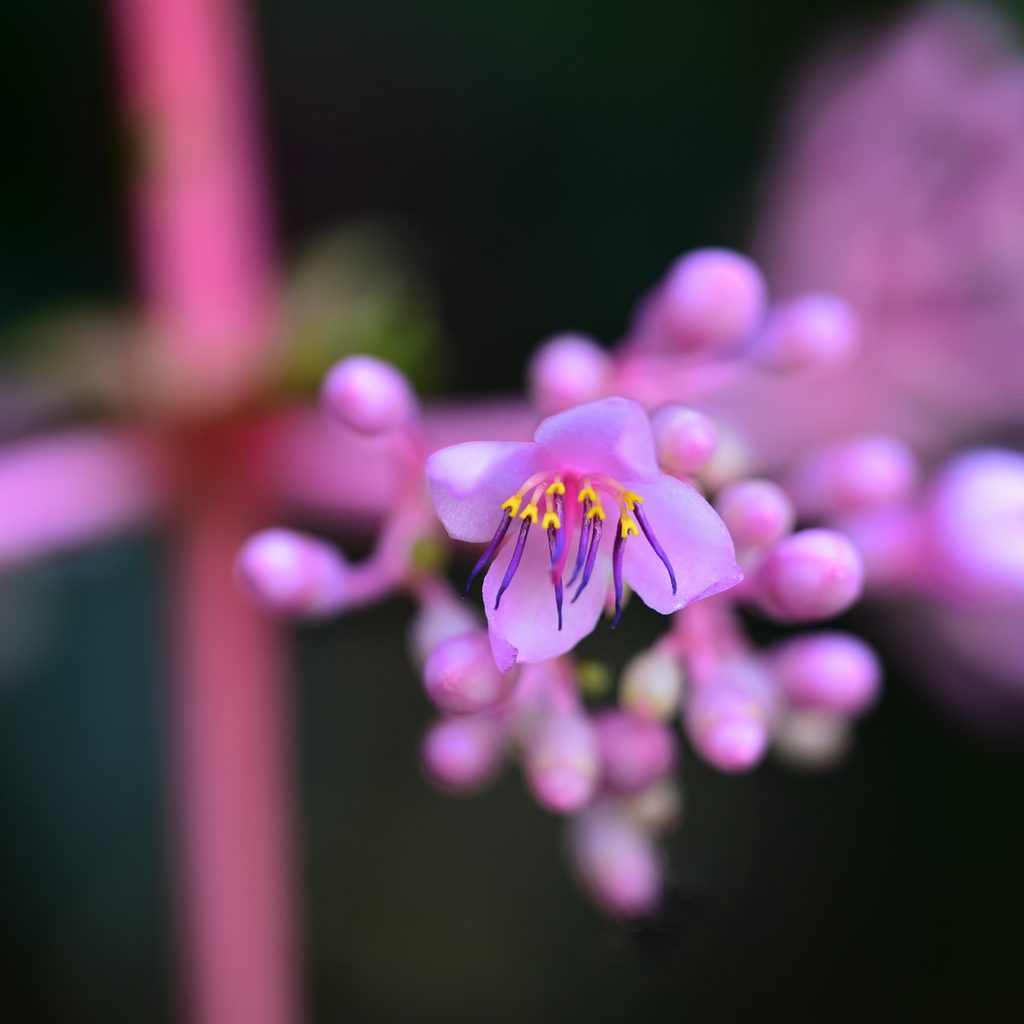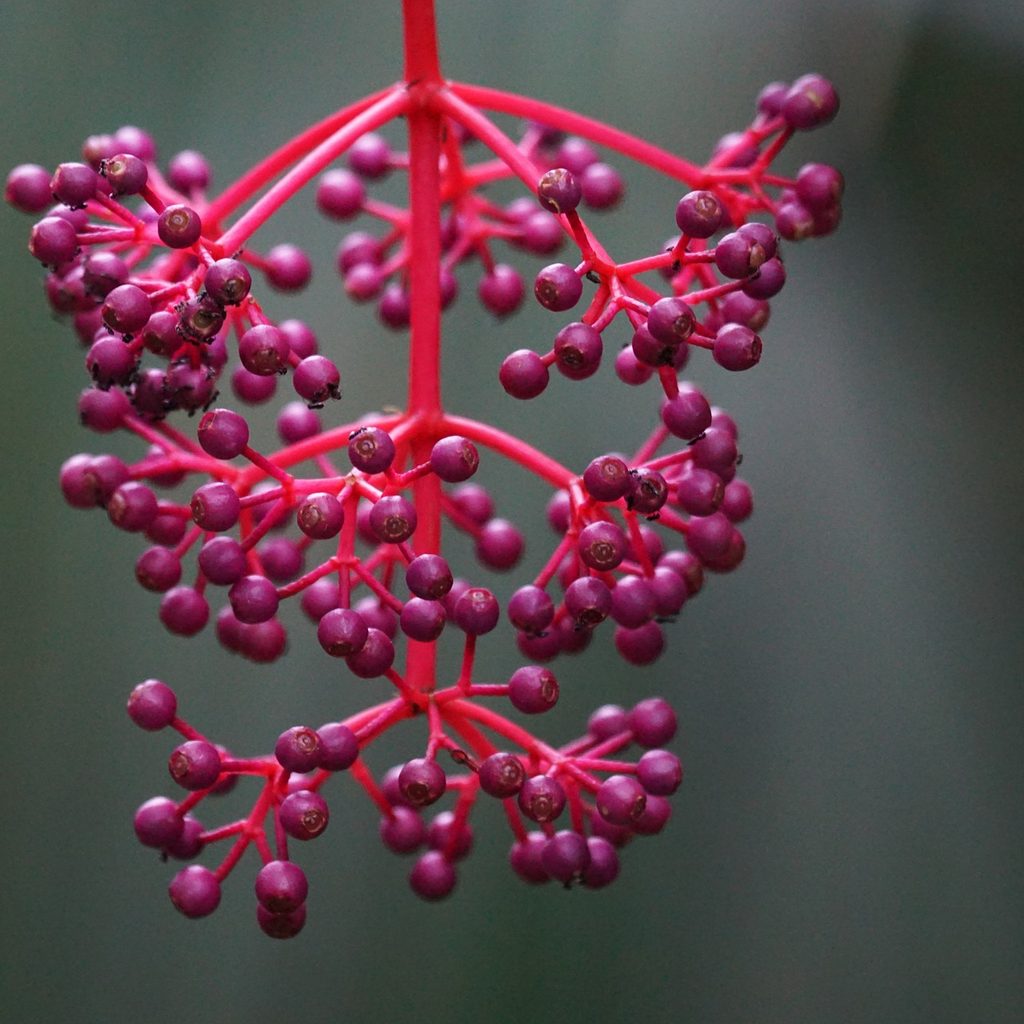Capture the whimsy of dangling grapes and the beauty of blooms with the medinilla magnifica plant. Commonly known as the rose grape or pink lantern, this stunning plant often pops up in garden centers during springtime. Similar to wisteria, it features lovely pink or coral red flower clusters against striking dark green foliage. While the medinilla magnifica can be a mysterious species to figure out, you can ensure healthy blooms by learning the best conditions for its care and maintenance.
Where the medinilla magnifica comes from
The medinilla magnifica is an evergreen shrub native to Southeast Asia, specifically to the Philippines, where it grows on trees in tropical forests. (In fact, it’s also known as the Philippine orchid.) It is an epiphyte, which means that it climbs on trees and shrubs, but won’t take energy from them as parasitic species do. In its native conditions, the rose grape can grow up to eight feet tall. However, it typically only reaches around three feet as a contained houseplant. Around springtime, it showcases beautiful bracts with footlong flower panicles that dangle downward like grape clusters. The leathery ribbed leaves are a sight to behold, growing up to one foot long. Other than their striking look, the leaves are also succulent, which means that they store water.

How to care for a medinilla magnifica
While it may initially be a finicky plant, the rose grape is ultimately happiest in an environment that’s adequately warm and humid, no matter if that’s inside or outside. It appreciates partial shade when kept outdoors, as too much direct sunlight can burn the leaves. If you keep your rose grape as an indoor houseplant, give it bright indirect light by a south- or west-facing window and keep the temperature between 60° and 80°. Cool nights will encourage flowers to develop, but you should protect the plant from drafty windows during the winter.
The medinilla magnifica plant appreciates moderate moisture, but it doesn’t enjoy wet feet, especially during the winter. You won’t need to water it any more than once a week during the growing season — too much water may actually invite root rot, so let the top third of the plant dry out before reaching for the watering can. That said, the rose grape does enjoy humidity, so a humidifier is a worthy investment for keeping it healthy. Alternatively, you can also place your plant on a shallow tray of water filled with pebbles. If you spot brown or curled leaves, the air may be too dry for your plant.
During the spring and summer, the rose grape begins to bloom, and it can flower for up to three months. From spring to autumn, feed your plant a diluted high-phosphorus or orchid fertilizer once or twice a month. Make sure to always create a solution with water first or else your roots may burn. Deadhead spent blooms to maintain a lush and beautiful look throughout the warm-weather season. When pruning your plant back to maintain its size, keep at least one set of leaves on each stem — a stem without leaves will inevitably die.

How to propagate medinilla magnifica
Medinilla magnifica propagation can be tricky, but it’s not impossible. Begin propagating your rose grape plant by taking a cutting with at least two leaves. Remove two-thirds of the leaves, dip your stem in rooting hormone, place the cutting in damp sphagnum moss, and wait for roots to grow. You can also propagate the medinilla magnifica by planting the seeds from the fruit, although this technique will require more time. Soak the seeds in water and keep them moist until germination. This latter method may take the plant at least two to three years to flower, but it’s well worth the wait.
Because the rose grape grows slowly, you only need to repot it every few years. Remember that both propagation and repotting should only be done during the spring when the temperature is moderate.
If you’re looking for a standout flower to showcase in your houseplant collection, look no further than the magnificent rose grape. While it may need extra attention to thrive, the medinilla magnifica will reward patience and due diligence with beautiful and showy flowers.


